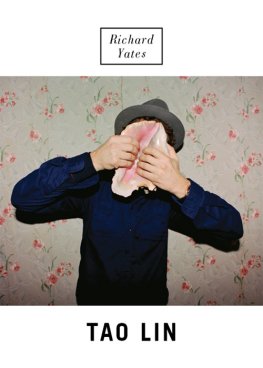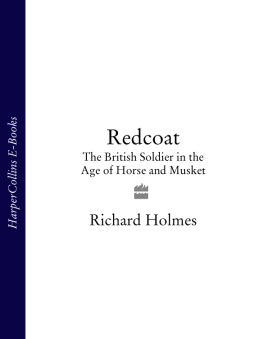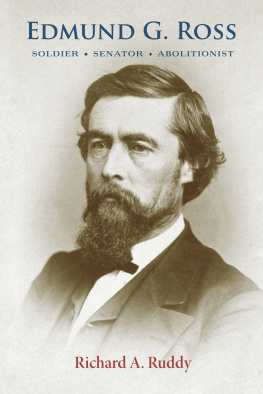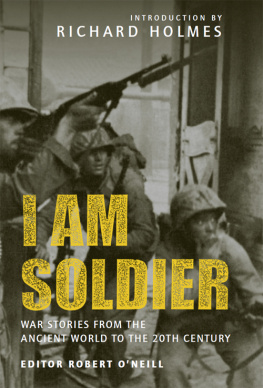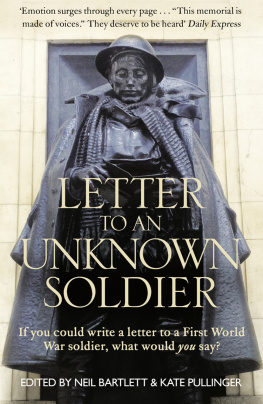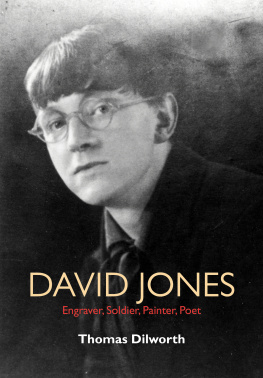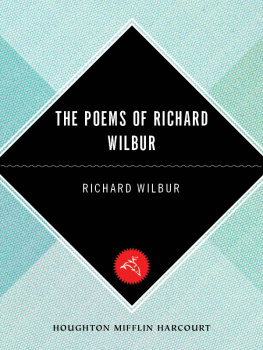Richard Aldington
Poet, Soldier and Lover
1911-1929
Vivien Whelpton
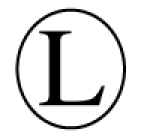
The Lutterworth Press
List of Illustrations
Richard Aldington, 1916, SIU (Special Collections Research Center, Morris Library, Southern Illinois University Carbondale)
Ezra Pound, 1913, photograph by Alvin Langdon Coburn
Brigit Patmore, 1913 (Harry Ransom Center, University of Texas at Austin)
H.D., 1913 (Beineke Rare Book and Manuscript Library,Yale University)
Frank Flint (by kind permission of Linda Flint)
Jessie May and Margery Aldington, c. 1901 (by kind permission of Jennifer Aldington)
School House, Dover College (by kind permission of the headmaster of Dover College)
St Margarets Bay
The Mermaid Inn at Rye (by kind permission of Judith Blincow)
Frances and Oliver Gregg, 1915 (by kind permission of Christopher Wilkinson)
10 Church Walk
The Temple of Neptune at Paestum
Monte Solaro
Walter Rummel ( Roger Violett/Arena PAL Ltd.)
Holland Place Chambers
John Cournos, 1924 (Library of Congress)
The Peacock Dinner, Newbuildings Place, 18 January 1914 (Harry Ransom Center, University of Texas at Austin)
Amy Lowell (Houghton Library, Harvard University) (MS Lowell 62/3)
Ford Madox Hueffer, 1914, photograph by E.O. Hopp ( 2013 Curatorial Assistance, Inc. / E.O. Hopp Estate Collection)
Harriet Monroe (Special Collections Center, University of Chicago)
Carl and Florence Fallas, c. 1916 (by kind permission of Lynden Easterbrook, Stella Garden and Hervey Wilcox)
Aldington the soldier, Autumn 1916 (Beineke Rare Book and Manuscript Library, Yale University)
John Gould Fletcher (Butler Centre for Arkinsas Studies)
The Western Front 1914-1918
The Lens sector of the Western Front
Brocton Camp, Staffordshire
Dorothy Yorke, c. 1916
D.H. Lawrence, late 1915
44 Mecklenburgh Square
Aldington the officer, July 1918 (Beineke Rare Book and Manuscript Library, Yale University)
Aldington and company, July 1918 (Beineke Rare Book and Manuscript Library, Yale University)
Aldington and fellow officers, July 1918 (Beineke Rare Book and Manuscript Library, Yale University
Bryher, early 1920s
Map of 73 Brigade front at the Battle of Cambrai, October 1918
Map of 73 Brigade front at the Battle of the Sambre, November 1918
Illustration by Paul Nash accompanying the poem Bombardment in Images of War (Harry Ransom Center, University of Texas at Austin)
Illustration by Paul Nash accompanying the poem Picket in Images of War (Harry Ransom Center, University of Texas at Austin)
Illustration by Paul Nash accompanying the poem Trench Idyll in Images of War (Harry Ransom Center, University of Texas at Austin)
Moor Street
May Sinclair (University of Pennsylvania)
Harold Monro, 1919 (The British Library)
Clement Shorter with Charlie Chaplin, c. 1919 (Special Collections, University of Delaware Library) (MSS 387, Clement King Shorter Papers)
H.D. and Perdita, 1919 (Beineke Rare Book and Manuscript Library, University of Yale)
Chapel Farm Cottages
Malthouse Cottage (David Wilkinson)
T.S. Eliot, early 1920s (Lebrecht Photograph Library)
Herbert Read, 1934, photograph by Howard Coster ( National Portrait Gallery, London )
Dorothy Yorke and Babette Plechner Hughes at Malthouse Cottage, 1925 (from the estate of Mary Anne Hughes Mauermann, by kind permissionof Wendy Mauermann Kennedy and Simon Hewett)
Jessie Capper and son, c. 1930 (David Wilkinson)
Valentine Dobre (Reproduced with the permission of Leeds University Library)
Glenn and Babette Hughes (Harry Ransom Center, University of Texas at Austin)
Port Cros
Nancy Cunard, 1929, photograph by Man Ray (Stephen Atkinson, Rex Features Ltd.)
D.H. Lawrence, 1928 (John Worthen)
Nancy Cunard and Henry Crowder at the Hours Press, 1929
Thomas MacGreevy in his room at the cole Normale Supriere, 1928
Brigit Patmore, 1929
Richard Aldington in a Chatto and Windus publicity photograph,c. 1929 (Beineke Rare Book and Manuscript Library, University of Yale)
Richard Aldington at Fabregas, 1929 (Special Collections Research Center, Morris Library, Southern Illinois University Carbondale
Preface
Do we need another biography of Richard Aldington? the current writer was asked in 2008. The answer she gave was a strong affirmative. It is now nearly twenty-five years since Charles Doyles biography, years in which Aldington has become no more familiar to the reading public, even to those who are keenly interested in the literature of the First World War. True, his admirers have done him proud: the New Canterbury Literary Society, an association of Aldington enthusiasts, produces a quarterly online newsletter; the late Professor Norman Gates followed his critical evaluation of the poetry and his checklist of the Aldington correspondence with Richard Aldington: An Autobiography in Letters in 1992; and Caroline Zilboorgs edition of the Hilda DoolittleAldington correspondence, Richard Aldington and H.D.: Their Lives in Letters 1918-1961 (2003), is the most thorough and sympathetic study ever attempted of the relationship between the two poets. But the wider public still remains ignorant of this extraordinary man and writer. This in a period marked by a revival of interest in the literature of the Great War (to which, in both verse and prose, he made a vital contribution), along with the publication of compelling recent biographies of several of its writers, Wilfred Owen, Isaac Rosenberg, Siegfried Sassoon and Edward Thomas.
Warmth, passion and vitality characterised the life and work of Richard Aldington. However, he was also that Renaissance figure, a man of letters. (The fact that such personalities are uncommon today is indicated by the fact that there is no gender-neutral term.) For the first half of his life he was a poet, critic and translator; he then became a novelist. In his later years and controversially he was a biographer. Men of letters are often neglected precisely because of the breadth of their achievement. Aldington the young Imagist is familiar to poets and academics and has recently appeared in a fine group biography of those colourful characters, Les Imagistes (Helen Carrs The Verse Revolutionaries , 2009); but Aldington the poet and chronicler of the First World War and its impact on his generation has been much neglected in recent years, despite Michael Copps 1992 edition of his war poetry, An Imagist at War . Aldington, almost uniquely among the war poets, addresses the plight of the survivor in the aftermath of war. Fortunately, Penguin have now re-issued (in the Penguin Classics imprint) the 1929 edition of Aldingtons war novel, Death of a Hero , a best-seller at the time of its publication and described by George Orwell as much the best of the English war books. Aldingtons short stories of the war (collected as Roads to Glory ) are also available, and were published by the Imperial War Museum in a new edition by David Wilkinson in 1992.
It is with the earlier years of Aldingtons adult life that this volume is concerned. These were the years in which he figured as one of the Imagist poets and in which he fell in love with, and married, another of them; the war years, in which his personal and literary life fell apart; the post-war years, in which he painfully tried to put his life together again, and to re-establish his literary career; and, finally, the weeks at the end of the twenties in which he wrote Death of a Hero , his blistering attack on all that had made that terrible war possible, and his own goodbye to all that. He would never again be domiciled in England.
Next page

